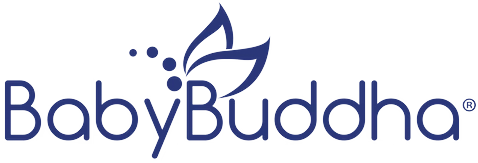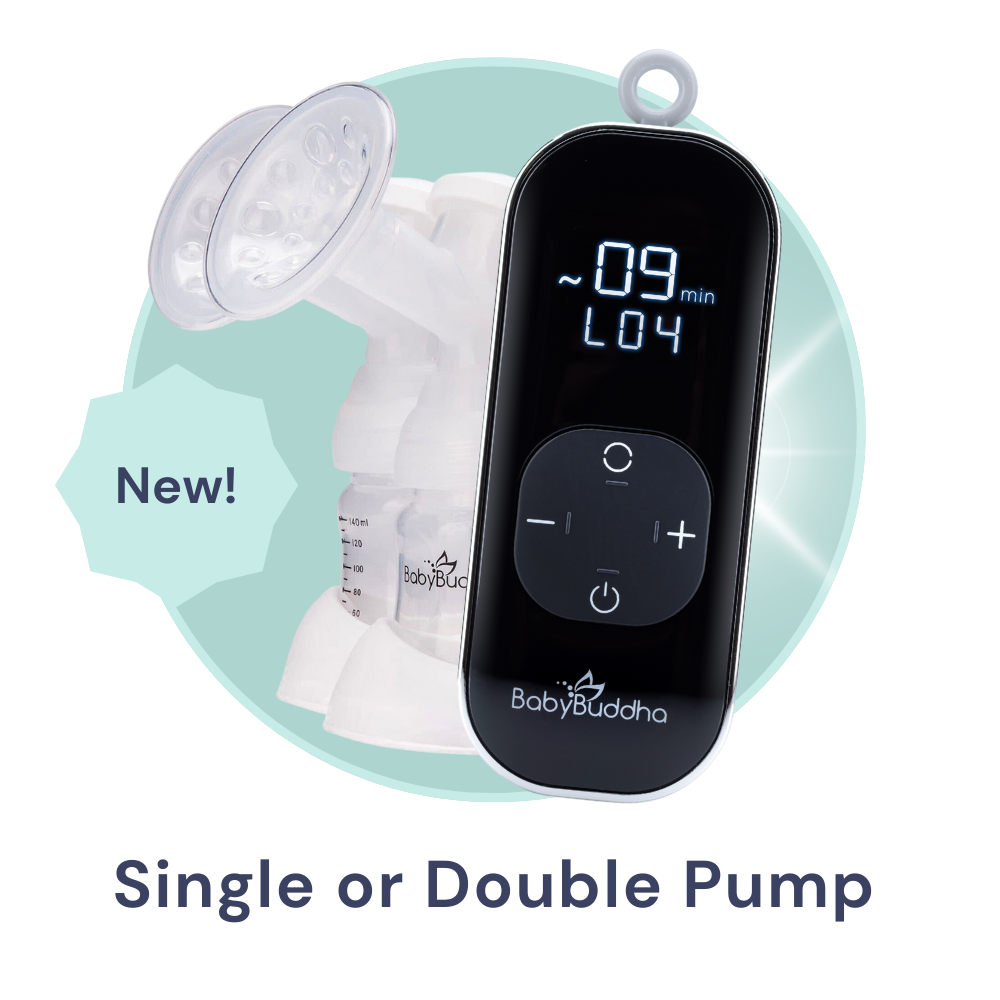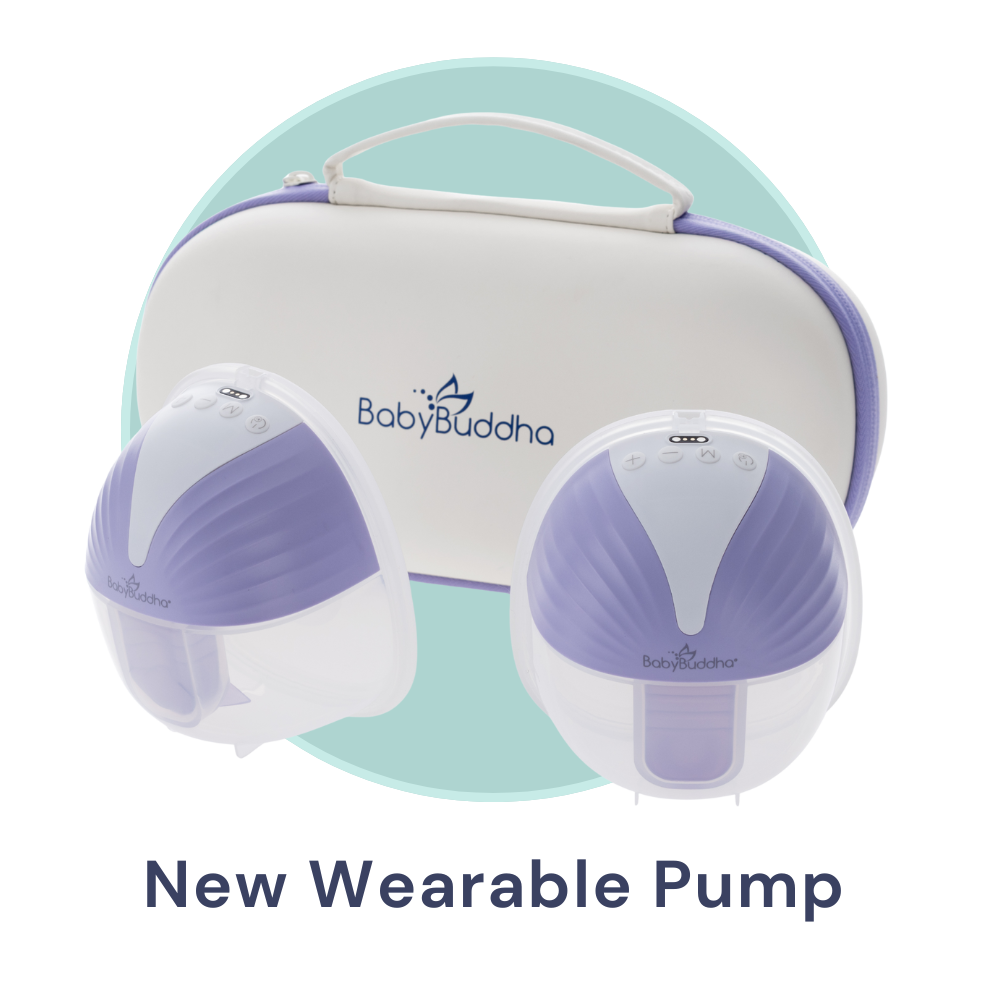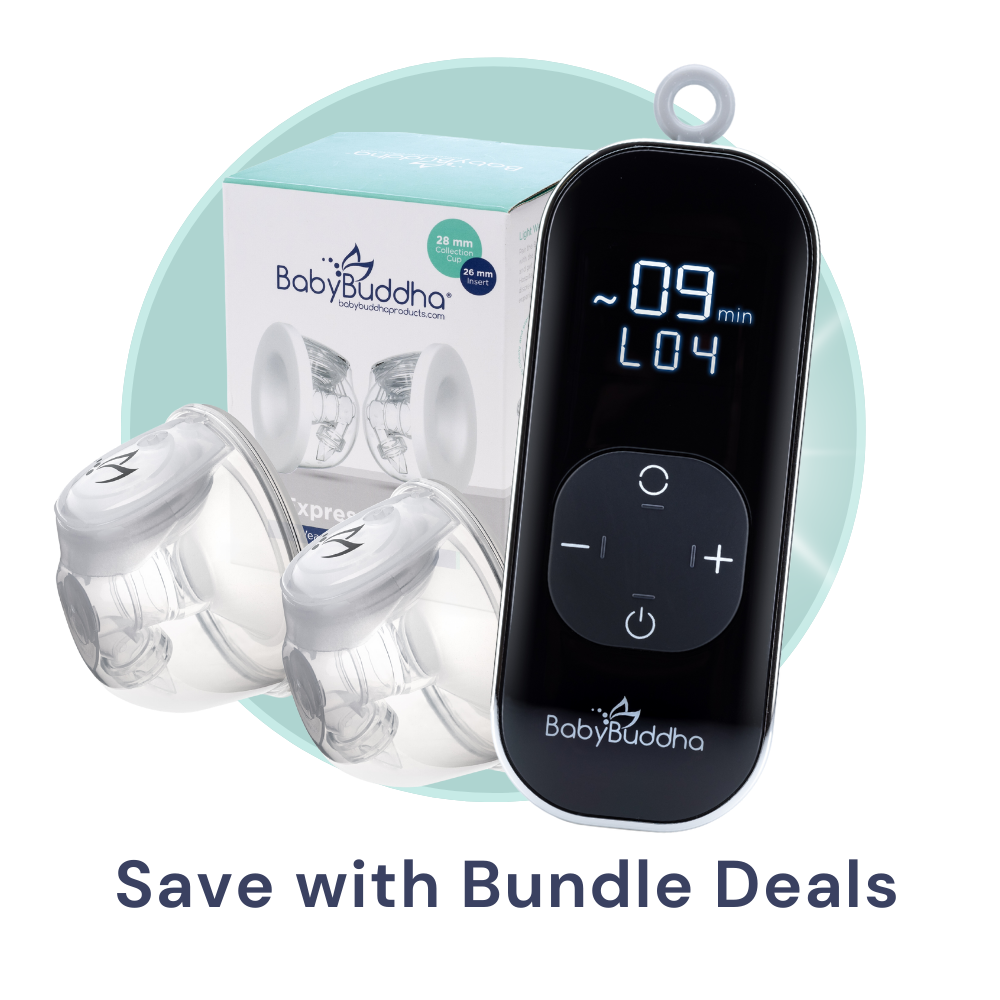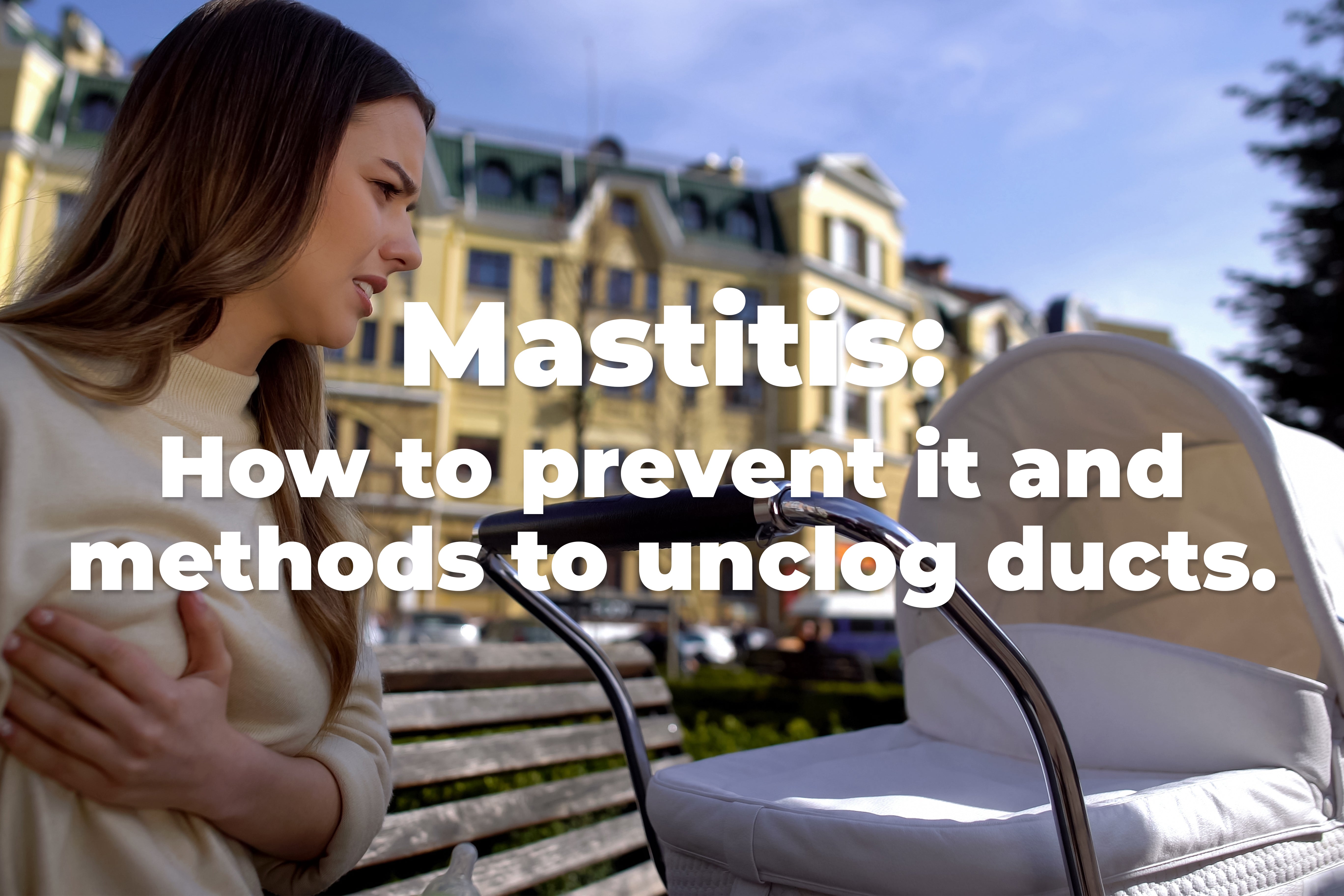Medically Reviewed By | Dr. Hope Lima, PhD, RDN, LRD, IBCLC
As a parent, there are a lot of choices that you will have to make from the moment that you see a positive result on a pregnancy test. This is true whether it is your first time or your tenth time. One of these many decisions is which breast pump will be ideal for your feeding journey.
The two main types of breast pumps are manual breast pumps and electric breast pumps. While these are both great pump options, some moms prefer one over the other. We are here to help you decide which type of pump will be best for you.
Things To Consider Before Choosing a Pump
Before we look at the options more closely, there are some crucial things to consider before you choose which type of pump will be best for you and your new baby.
1. How Often Will You Be Pumping
Consider how often you’ll be pumping before choosing your pump. Will you be primarily breastfeeding and pumping only as necessary? Or will pumping be your main way to express milk?
2. How Busy Are You?
Are you always on the go, or do you spend more time at home? When considering the right breast pump for you, think about what your schedule normally looks like. Will you need to take your pump with you a lot? If so, do you need it to be hands-free?
3. What Size Flange Will You Need?
A flange is the part of your breast pump, typically silicone or plastic, that fits around your nipple to seal your areola and create the suction necessary to express your breast milk. This is also sometimes called a nipple or breast shield.
It is essential to ensure that you have the correct size flange. If you don’t, you could risk not expressing as much milk as you could with the correct size. This often leads many new moms and women to think that they have a low milk supply when they don’t.
Read through our Flange Fitting Guide to be positive that you are getting the right fit for your breasts.
4. What Is Your Budget?
Just like pumps come in many different brands and sizes, they also come at many different price points. When you’re looking for the best breast pump, be sure to take your budget into consideration.
The good thing is that most health insurance companies cover breast pumps under their plans. You can get started on insurance forms to see if your breast pump will be covered.
5. Can I Rent a Pump or Buy One Used?
While some companies do offer the option to rent a pump or buy a used one, for sanitary reasons, it’s not often recommended. The FDA considers breast pumps to be single-user devices. This means that one woman should only use them because proper cleaning and sanitization are difficult to guarantee.
There is an exception when renting a hospital-grade pump, usually directly from the hospital itself. When this happens, a separate parts kit (including flanges, tubing, and storage bottles) is purchased by each woman, and it’s only the pump motor that is being reused.
Now that we have looked at things to consider before choosing which type of pump is best for you, let’s take a deeper dive into each pump type and what you need to know:
Electric Breast Pumps
Electric pumps are the most common type of breast pump available on the market today. Women who are exclusively pumping often will opt for an electric breast pump because they offer a wider range of settings to help achieve maximum letdown and milk flow and they don’t require you to engage with the product while expressing.
Let’s look at some pros and cons of this type of breast pump:
Pros:
- A major advantage of electric breast pumps is the many settings that you can customize to help with the amount of milk that you pump, as well as overall milk production. These settings often include:
- Length of the pumping session
- Speed of sucking
- Intensity of sucking
- Another positive thing about electric breast pumps is that many double as battery-operated or rechargeable pumps. This means that you have the option to either sit and pump while attached to a power outlet or use the battery power and be mobile while you are pumping.
- If your electric pump doubles as a battery-operated pump, that might mean it's wearable. This allows you the flexibility to attach to a special pumping bra and allows you to have maximum ease of use and mobility. For example, the electric BabyBuddha® Pump is wearable and holds a one-hour battery charge — enough for two to four sessions.
- Most electric breast pumps can be used as either a single or double electric breast pump. This means that you can either pump from one side at a time or both. This is a good option if you are breastfeeding and want to pump from one side while your baby nurses from the other.
Cons:
- The biggest con that most people find when comparing electric vs. manual breast pumps is that electric pumps do tend to be more expensive. This is why it’s very important to check what pumps are or are not covered by your health insurance.
- If you don’t have a pump that is rechargeable and wearable, you will have to stay in one place while you pump. Many women find this inconvenient for their lifestyles. If this is you, be sure to find a pump that is portable and easy to move with.
- Some women find that electric pumps can be harder to clean than manual pumps. This is a good place to enlist to help and brush up on how to keep your breast pump clean.
Manual Breast Pumps

Next, let’s take a look at manual breast pumps, sometimes also known as a hand pump. While often the first choice of primarily breastfeeding moms who will only be pumping as needed, this type of pump is great for all moms!
Here are some pros and cons of manual breast pumps:
Pros:
- Because you are doing the pumping by hand via a lever attached to the pump, there is no need to be attached to a power source. Many moms find this very helpful and convenient. Just toss your Manual Pump in your diaper bag and go.
- Shh! Sleeping baby? No problem. Manual pumps don’t make any sound as compared to electric pumps, which can sometimes be noisier.
- Manual breast pumps are often helpful in relieving pressure from engorgement. Just a quick pump on each breast can make a world of difference.
Cons:
- Manual breast pumps tend not to express as much milk as electric or battery-powered pumps. If occasional manual pumping is simply a part of your breastfeeding journey, this may not bother you.
- If you need to express a lot of milk in one pumping session, a manual hand pump may make this harder to achieve and more time-consuming. Many moms also feel tired after a strenuous manual pumping session.
Final Thoughts
Regardless of which type of pump you decide fits better into your lifestyle, it’s important to familiarize yourself with how they work so that you can have great success with either decision.
Don’t forget that you have the option to choose both. Many moms use a combination of electric pumps and manual pumps in their routines. You can work with a lactation consultant to figure out a good combination schedule for you.
Remember that pumping often with either type of pump helps to increase breastmilk supply, and since it’s currently recommended to give infants breast milk exclusively for their first six months, this is very important. Of course, any amount of breast milk you can give your baby is beneficial and supplementing with formula is part of many families’ plans.
After taking these questions and the pros and cons into consideration, we hope that you feel confident in making the decision about which type of breast pump (or pumps!) is best suited for you.
Sources:
How to Keep Your Breast Pump Clean | CDC
